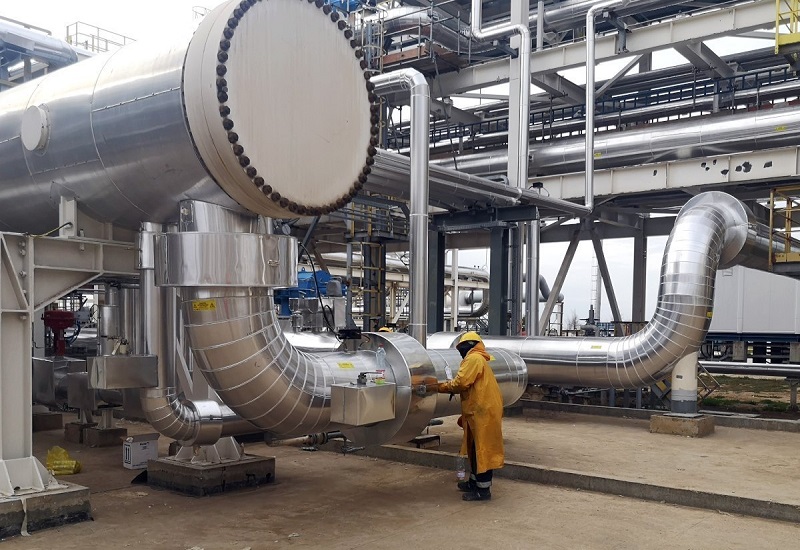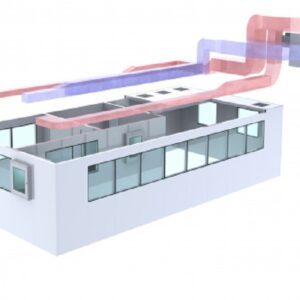Description
LT (Low Tension) & HT (High Tension) Cable Laying: Overview
LT & HT Cable Laying: The installation of low and high-tension cables ensures efficient and safe power distribution. LT cables suit residential and commercial use, while HT cables are ideal for industrial and utility applications. Proper planning, insulation, and adherence to safety standards are essential for reliable performance.
Laying LT (Low Tension) and HT (High Tension) cables involves a systematic process designed to ensure safe, reliable, and efficient power distribution. Here’s a detailed breakdown of the process:
Preparation and Planning
- Site Survey: Conduct a thorough assessment of the project site to determine the route for cable laying, considering factors like soil type, existing infrastructure, and potential obstacles.
- Permits and Compliance: Ensure compliance with local and national electrical codes and obtain necessary permits for cable laying.
- Selection of Cable: Choose the appropriate type of cable based on voltage rating, insulation material ( XLPE, PVC), and environment (underground, overhead).
Laying Process
- Trenching: For underground cable laying, dig trenches of adequate depth (typically 1.5 to 2 meters) with a flat bottom to avoid cable damage. Place sand or fine soil at the base to cushion the cable.
- Cable Installation: Lay the cables into the trench with proper spacing to prevent overheating and mechanical damage. Ensure that cables do not have sharp bends and are laid with minimal tension.
- Protection and Covering: Cover the cables with protective layers such as sand, warning tapes, or concrete slabs to prevent physical damage. Use ducting or conduit for additional protection, especially in areas with heavy foot or vehicle traffic.
- Backfilling: Once the cables are properly placed and protected, backfill the trench carefully, avoiding sharp stones or debris that could harm the cable.
Overhead Cable Laying
- Pole Installation: Set up transmission poles or towers at specified intervals, ensuring they can support the cable’s weight and tension.
- Cable Hanging: Use appropriate hardware, such as insulators and clamps, to secure the cable to the poles. Ensure proper clearance from the ground and nearby structures to maintain safety and compliance.
- Tensioning: Apply the right tension to avoid sagging while allowing some slack to account for temperature-induced expansion and contraction.
Safety and Best Practices
- Personal Protective Equipment (PPE): Ensure that all personnel wear PPE, such as insulated gloves and safety boots, during installation.
- Safety Measures: Implement safety protocols to avoid electrical shocks, falls, and other potential hazards. Mark the area with warning signs to alert the public and workers.
- Testing and Inspection: Before commissioning, conduct thorough insulation resistance tests, high-potential (HiPot) tests, and visual inspections to check for potential faults or damage.
Documentation and Maintenance
- Documentation: Maintain records of the cable type, installation process, and location for future reference and troubleshooting.
- Routine Checks: Schedule periodic inspections to detect wear and tear, cable corrosion, or insulation damage. Regular maintenance helps extend the cable’s life and prevent outages.
Difference between HT and LT cable laying
Difference Between LT & HT Cable Laying
HT (High Tension) and LT (Low Tension) cables serve different voltage levels and require specific handling during installation. Here are the key differences in their cable-laying processes:
| Aspect | HT Cable Laying | LT Cable Laying |
|---|---|---|
| Voltage Range | Above 1 kV (e.g., 11 kV, 33 kV, or more). | Up to 1 kV (typically 230V or 415V for distribution). |
| Cable Size and Weight | Larger and heavier due to higher voltage insulation. | Smaller and lighter compared to HT cables. |
| Insulation Material | High-grade insulation like XLPE or EPR for enhanced durability and heat resistance. | Insulation like PVC, XLPE, or rubber. |
| Installation Depth | Deeper trenches (1.2–1.5 m or more) to ensure safety and reduce interference. | Shallower trenches (0.75–1 m) are generally sufficient. |
| Spacing | Requires greater spacing between cables to minimize electrical interference and heat buildup. | Can have closer spacing as LT cables generate less heat. |
| Mechanical Protection | Enhanced protection (e.g., concrete slabs, conduits) due to higher fault risks. | Standard protection (e.g., sand bedding, warning tape). |
| Jointing and Termination | More complex, often requiring specialized equipment and skilled technicians. | Simpler, requiring less specialized tools and expertise. |
| Testing Requirements | Extensive testing such as HiPot tests and partial discharge testing. | Basic tests like continuity and insulation resistance testing. |
| Safety Standards | Stricter safety measures due to higher voltages and fault potentials. | Moderate safety protocols are appropriate for low voltages. |
| Maintenance Needs | Requires regular inspections and monitoring due to high stress on the cables. | Routine maintenance, is generally less intensive. |
| Application | Power transmission in industries, substations, and large-scale utilities. | Residential, commercial, and small-scale power distribution. |
LT & HT Cable Laying Systems
LT (Low Tension) and HT (High Tension) cable laying systems are essential for safe and efficient power distribution. LT cables, used for voltages up to 1 kV, are common in residential and commercial setups, while HT cables, handling voltages above 1 kV, support industrial and utility-scale applications.
LT cables involve shallow trenches and simpler insulation, whereas HT cables require deeper trenches, stronger insulation, and enhanced protection to manage higher voltage risks. Proper spacing, grounding, and compliance with safety standards are vital.
Professional installation, regular maintenance, and thorough testing ensure reliable operation and longevity for both systems, supporting efficient and uninterrupted power flow.
Summary
HT cable laying demands higher safety standards, deeper trenches, and more robust materials to manage higher voltages and risks, whereas LT cable laying is simpler and less resource-intensive due to lower voltage requirements. Both require adherence to electrical codes to ensure safety and efficiency.














Reviews
There are no reviews yet.